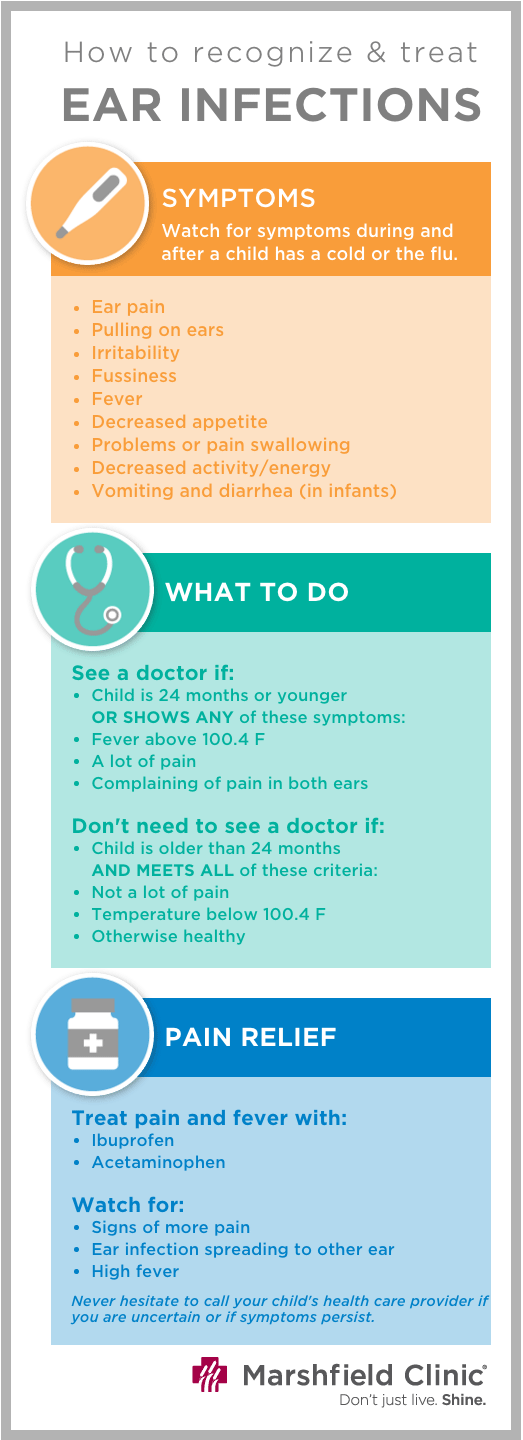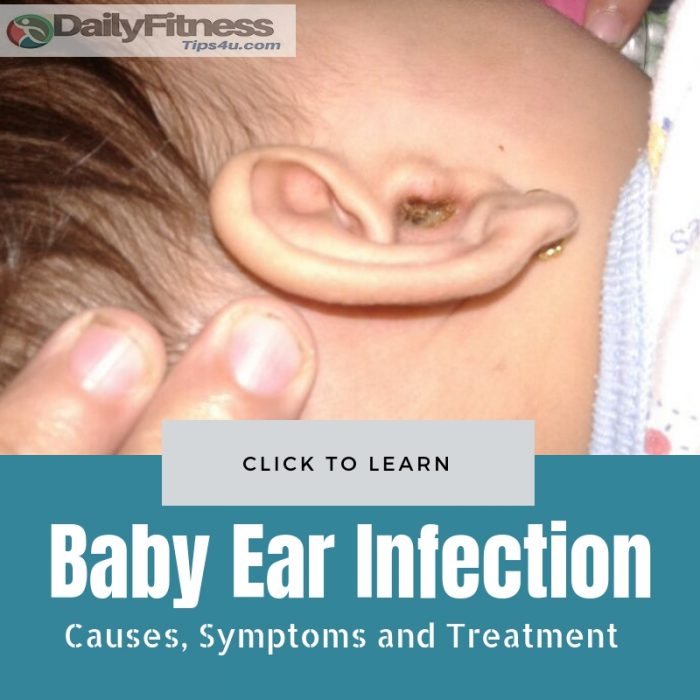Recommendation Info About How To Tell If You Have Ear Infection

Symptoms of ear infections in adults vary depending on location and can include:
How to tell if you have ear infection. In an ear infection, narrow tubes that run from the middle ear to high in the back of the throat (eustachian tubes) can become swollen and blocked. Most of the time ― even if you have multiple symptoms ― it’s likely you only have one infection, dr. Call your doctor about an ear infection if:
How can i tell if my child has an ear infection? Along with symptoms seen in adults, such as ear pain and drainage, young children and babies may show other signs of an ear infection, such as: Serious symptoms of inner ear infections, such as severe vertigo, severe.
Anyone with an ear can develop an ear infection, but the part of the ear that becomes infected and why can vary. It causes swelling and redness. Stuart ray, a professor of medicine in infectious diseases.
Other signs and symptoms of ear infections include: Rarely, inner ear trouble may be a sign of a more serious condition, such as meningitis. Your doctor can usually diagnose an ear infection or another.
Adults with ear infections experience ear pain and pressure, fluid in the ear, and reduced hearing. One clue is the color of the discharge. What is an inner ear infection?
This can range from mild discomfort to severe pain that may be felt. Check if it's an ear infection. We thought our son had pink eye and he had a double ear infection.
Infection virus infant toddler upper respiratory infection colds ear infection sleep fussy baby pulling ears. The symptoms of an ear infection usually start quickly and include: A child with aom may be especially fussy and have difficulty sleeping.
If your child isn’t old enough to say “my ear hurts,”. In general, because the symptoms of ear. Most ear infections happen to children before they’ve learned how to talk.
Crying at night when lying down. No fever or ear rubbing. Problems with balance or walking.
In adults, the symptoms are simple. You can have a fever. Fluid and mucus become trapped inside the ear.


:max_bytes(150000):strip_icc()/overview-of-ear-infections-770631-5c5dbc4c46e0fb00015874c4.png)















